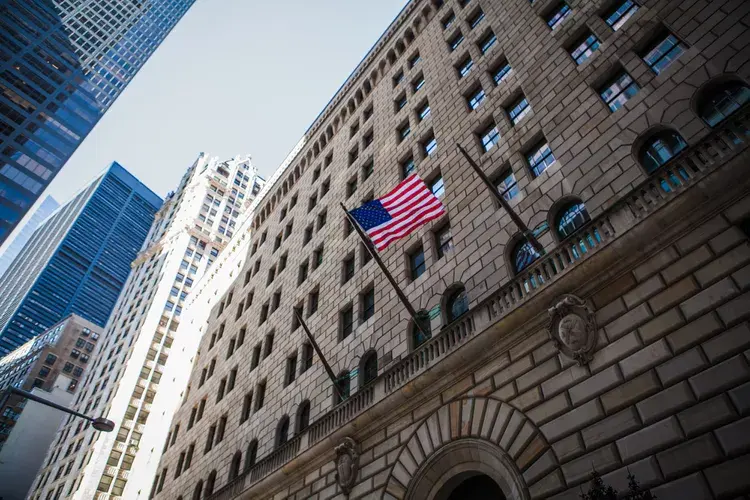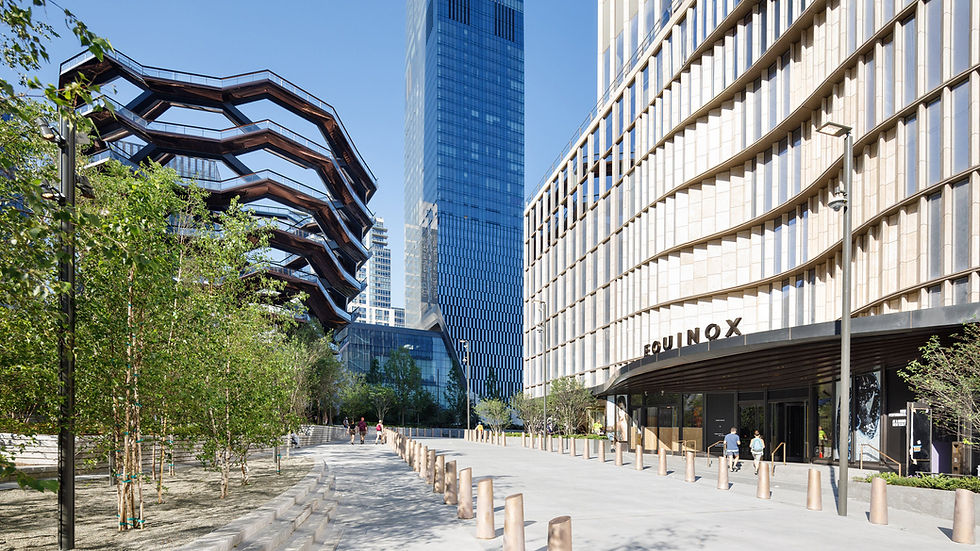Weekly Market Report - August 18, 2022
- Norman Bobrow

- Aug 18, 2022
- 3 min read
***
Yelp on June 23 said it would shut its offices in New York, Chicago and Washington and trim the size of its location in Phoenix. That equals planned reductions of 420,000 square feet, resulting in nearly 180,000 square feet of remaining space. The San Francisco-based company said it occupied 876,000 square feet at the end of 2019, before the pandemic.
Yelp, which sells advertising products to restaurants and other businesses, doesn’t need a physical presence in these cities because it can operate successfully on a remote basis, Chief Financial Officer David Schwarzbach said. Yelp plans to sublet them to other companies and allocate some of the savings toward benefit packages for employees. Yelp is already subletting some of its office space in New York and San Francisco. Those subleases, which were agreed to last year, remain in place until at least 2023, and the company is still marketing unused space that isn’t sublet yet.
Vacancies have increased across the U.S. over the past year. About 17.5% of office space across the country wasn’t leased or was leased but available for sublease at the end of the second quarter, up from 16.5% a year earlier and 13.2% five years earlier. Occupancy rates also remain below pre pandemic levels. During the week ended June 29, the average occupancy rate in 10 major U.S. metro areas was 44% down from over 95% before the pandemic began.
***
The future 1,388-foot, 60-story JPMorgan Chase & Co. headquarters tower will sport a 50-foot-tall lobby with fan columns weighing 350,000 pounds on which the rest of the tower will sit. The support beams are already there; the tower is to open in 2025. (For comparison, the Empire State Building with its spire is 1,454 feet tall.)
The tower, designed by the world-renowned Norman Foster, is an expression of the centrality of global investment banks, especially to New York, where finance has always been what oil is to Dallas or Houston, and movies are to Los Angeles. The lobby alone will be something to see, with natural light seeping in from all directions, and the ability to look from Park all the way to Madison Avenue a block away. However you cut it, the JPMorgan Chase headquarters tower and its lobby will be the latest expression of the continued power and importance of New York City’s financial mammoths.
***
Unlike ’80s pop culture, American office towers from the ’80s are hitting middle age without renewed appreciation, cultural cachet or much of a plan for their later years. The prognosis for aging gracefully becomes even less realistic with the pandemic’s reshaping of the office market, ruthlessly shrinking demand while focusing attention on a younger, hipper, more amenitized crowd of office towers. The origins of this so-called “midlife crisis” rest in the significant production of office buildings in the 1980s. The city gained roughly 15.2 million square feet of office space during the decade, just shy of the total amount of office space that had been produced in Seattle leading up to that decade. Nationally, the picture is just as pointed. From 1980 to 1989, the U.S. added 1.6 billion square feet of office space, nearly a third of today’s total supply. That period of corporate and commercial real estate expansion added lots of cubicles and suburban office parks.
In contrast to many existing office towers, these 1980s arrivals lacked prime downtown locations, historically significant architecture, or the kinds of floor plates and operable windows that make it easier and more enticing to conserve or convert. The significant challenge posed by this generation of aging office buildings would be important regardless of current trends: They’re in the home stretch of their natural lives (a properly maintained building of concrete and glass curtain wall can typically function for around 60 years without serious renovations); they need seismic and mechanical upgrades; and they’re woefully energy inefficient and environmentally unsound.
Building owners alone can’t reinvest their way out of the problem, though, at least not within the current regulatory and permitting regime. Municipalities need to change zoning and building codes, streamline permitting, and invest themselves in conversions to aid these upgrades at scale.
Last October, the International Downtown Association, a North American business organization focused on urban real estate and business alliances, pushed legislation to give a large tax credit for downtown office conversions. A Gensler study of Calgary last year found that roughly 30 percent of the city’s aged Class C towers could be converted for residential use, creating room for more than 4,000 new residents.









Comments